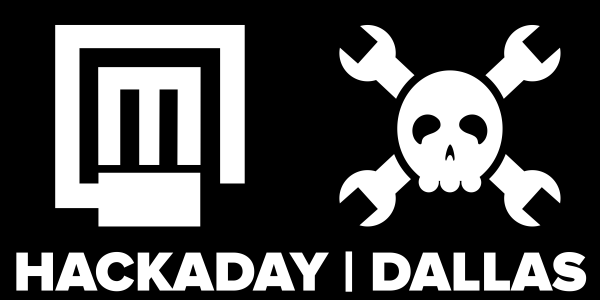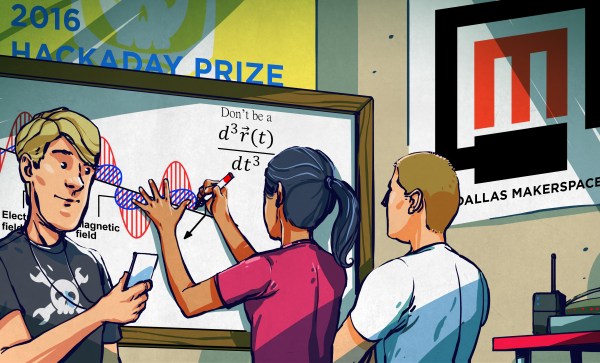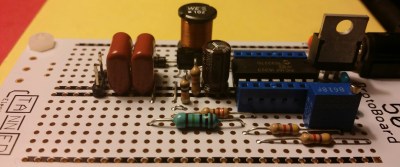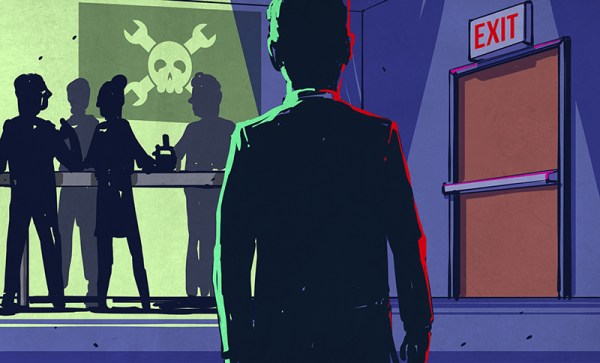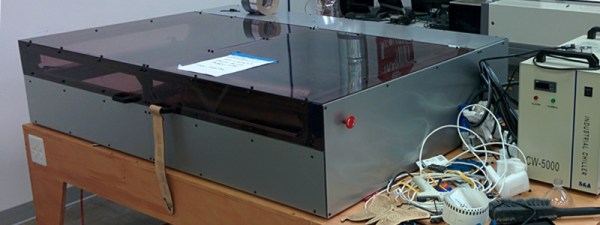In case you haven’t noticed, the Hackaday community is making more of an effort to be a community AFK. We’re at VCF East this weekend, have the Hackaday World Create Day quickly approaching, Hackaday | Belgrade a few days ago, and Hackaday Toronto next week just to name a few in close proximity to this post.
As promised, or threatened, depending on which end of the stick you’re on I will be teaching an electronics class at the Dallas Makerspace every 3rd Saturday of the month. The goal of these classes is to help you overcome the barrier between a hardware idea and having that hardware in your hand. I’m not an expert in PCB design or layout, but I’ve found more ways to do it wrong than I’d probably admit too and this is my way of sharing what I’ve painfully learned through trial and error. At the time of writing this article there are still a few spots available in the first class, follow the above link for tickets.
Images of my failed hopes and dreams wonderfully captured courtesy of [Krissy Heishman]
Class 1
In our first 6 hour session we’ll take a basic, high-level idea and work our way down. For example: our first project will be an AVR development board. This is something common enough that everyone will know what it is (an Arduino is an AVR development board, just in case my mom is reading this). We won’t be making an Arduino clone part-for-part but taking the Arduino idea and making it our own custom board. Maybe we add some terminal blocks instead of DuPont headers or perhaps we want a real time clock and a slide potentiometer on the board. We can do that if we want, you can’t stop us.
So class number 1 is a crash course in Eagle schematic capture and PCB layout. Since this is only 6 hours worth of class time and we need to have boards and parts ordered when we leave we won’t be getting too complicated with our design.
Class 2
By the time we meet for our second session we should have taken delivery of our shiny new PCBs and our parts order should have long since been delivered from the distributor (Mouser is more or less an hour drive from the Dallas Makerspace, not that we’ll pick the parts up at will-call for this project, but it’s nice to have the option). We will spend the second 6 hour session assembling and testing our boards. If we need to make changes to our boards we can talk about that as a part of the design process. Depending on how long assembly takes we can brainstorm some ideas for the next round of Mrs. Penny’s Driving School classes which will continue the following 3rd Saturday of the month.

